Description
The Lower Paleolithic bifacial chopping tool represents a significant artifact from the early stages of human prehistory. Crafted by hominins during the Acheulean tradition, these tools are characterized by their bifacial (worked on both sides) nature and were essential for various tasks, including butchering, woodworking, and possibly hunting.
Meticulous attention to detail captures the knapper’s skill in bifacial reduction, shaping the tool through careful flaking to achieve a symmetrical and functional design. The bifacial chopping tool model accurately depicts the characteristic shape of Acheulean tools, with a broad and bifacially worked cutting edge. The tool’s form is designed to maximize its utility, providing a substantial and effective chopping surface for various tasks. The model showcases the intentional shaping of the cutting edge, featuring a combination of bifacial flake removals and retouching to create a sharp, durable edge. The asymmetrical design enhances the tool’s versatility and effectiveness in different applications. Attention is given to the ergonomic considerations in the model, reflecting the comfortable grip and balance that made these tools effective for both precision work and heavy-duty tasks. The model may incorporate realistic use-wear patterns, replicating the distinctive traces left by repeated use in various activities such as butchering, woodworking, or processing plants.
The bifacial chopping tool model serves as an invaluable educational tool for archaeologists, anthropologists, and enthusiasts interested in the technological and cultural advancements of early hominins. It contributes to a deeper understanding of the Acheulean lithic technology and the adaptive strategies employed by early humans during the Lower Paleolithic.
Researchers can utilize the model for studies on lithic technology, raw material sourcing, and cultural behavior, providing a tangible representation for experimental archaeology and comparative analyses. Constructed from durable, museum-quality materials, the model ensures longevity and authenticity, making it suitable for exhibition in educational settings, museums, and research institutions.
The Lower Paleolithic bifacial chopping tool model’s accurate representation of morphological and functional aspects offers valuable insights into the technological prowess and cultural practices of early hominins. Its meticulous design and scientific accuracy make it an essential tool for education, research, and as a visual representation of the early stages of human material culture.

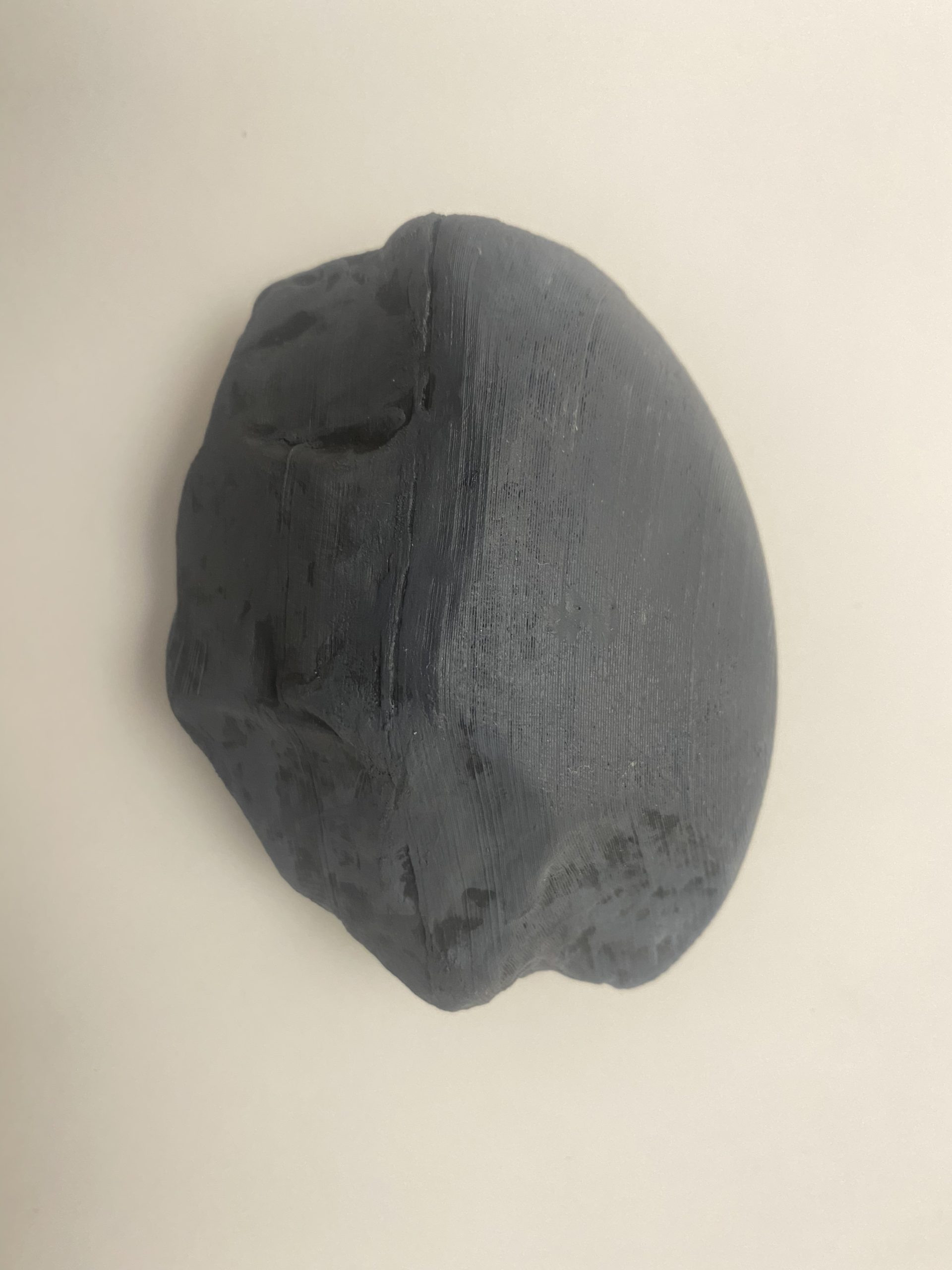
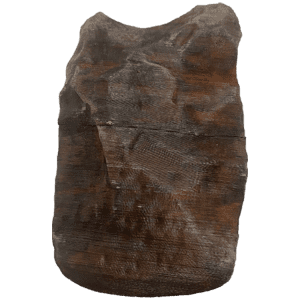
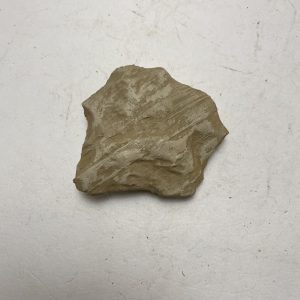
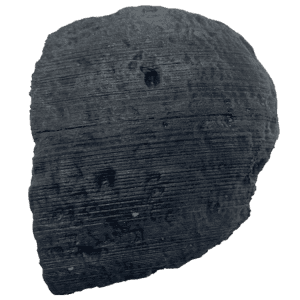
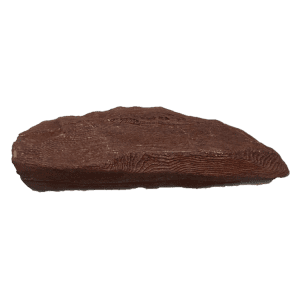
Reviews
There are no reviews yet.